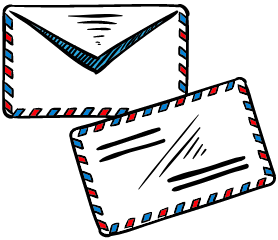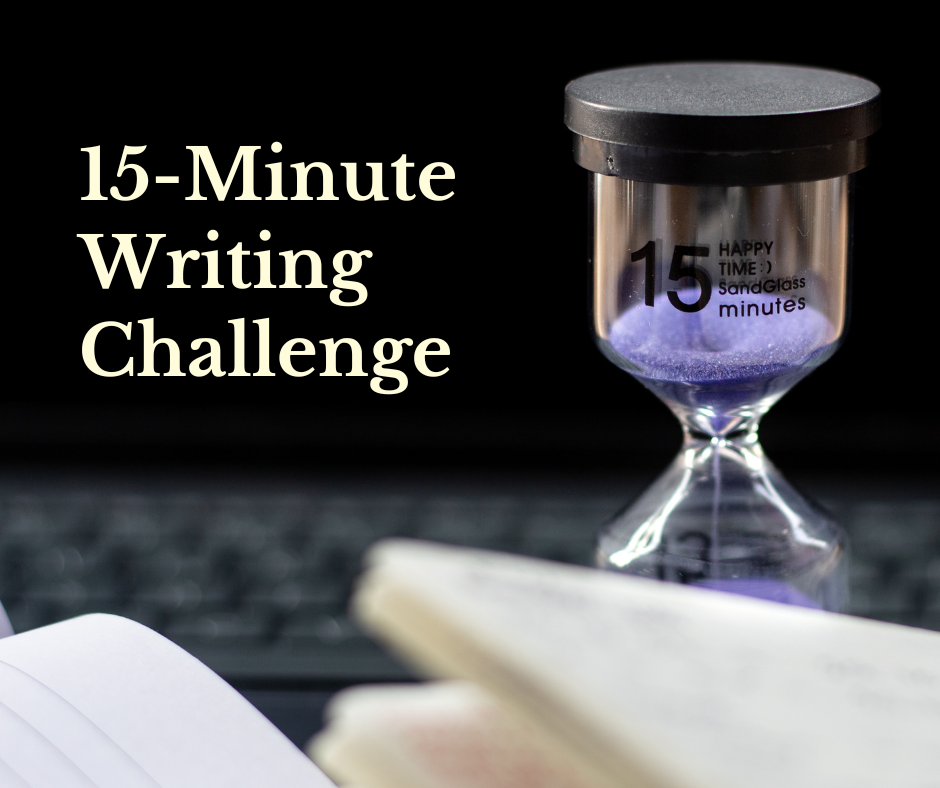Funding can often feel like an externally imposed mandate that has more to do with institutional underfunding than your own research needs. Conversely, if you do lab based research, securing funding may be fundamental to your ability to pursue an academic career at all. Your personal relationship to this pressure probably falls somewhere in between.
My focus is on helping you navigate this pressure in ways that make sense for you and your career goals. Even if the original impetus to think about applying for funding is external, you need to think about how funding will help you achieve research goals that build on your existing expertise and that you are interested in pursuing.
I started my freelance career supporting social sciences and humanities researchers in Canada with applications to the main government funding agency, after 2 years working for that agency. My advice is grounded in that experience, but focuses on the bigger picture of how funding fits into your research plans.
Allow yourself to dream.
Thinking about the money too early often constrains how you imagine the project in ways that are ultimately unhelpful.
Yes, the actual application will need to speak to the objectives of the funder and funding programme. However, you want to respond to those objectives, not react to them.
It is uncomfortable to imagine things that you require funding to accomplish, especially when you know success rates are very low. But, no one is going to fund something they think you can do with no funding.
You need to give yourself time and freedom to get comfortable with more ambitious plans.
Imagine there is no competition. No weird rules or whatever.
What would you really want to do and how would you like to do it?
Imagine you have a Fairy Godmother…
The thing about your Fairy Godmother, unlike, say, your colleagues, or the funding agency, is that she wants to give you the money. She’s magic/imaginary so there are no material restrictions on what she can give. When you need a carriage, she can magic one up from that pumpkin over there.
There is just one catch:
Your Fairy Godmother will only give you the resources you need, if it’s the thing you actually want to do.
If you, Cinderella, really want to go to the ball, your Fairy Godmother will do seemingly impossible things, like turning pumpkins into coaches and mice into horses, so you can go to the ball.
But, if you just think you should go to the ball, that’s a different story. If Cinderella thought the ball would be crowded and noisy, and the prince wasn’t even someone she wanted to meet, well …
Your Fairy Godmother is not wasting time on stuff you don’t even want to do!
This strategy lets you sidestep all the potential barriers for a bit.
- You don’t have to think about whether any particular actually existing funding agency would give you the money you need.
- Or whether buying out your own time is legitimate.
- Or whether you have to get somebody else to do the part that you find most enjoyable.
I’m not joking about this. Using this kind of playful strategy can help with the discomfort. I’ve even made a downloadable colouring page to help. Download the Fairy Godmother colouring page (1028 downloads )
Do some work to expand your dream.
You’ve now got a kind of brainstormed list. Or spider diagram. Or something.
Some of what you’ve written will be solidly grounded in work you have already done. Some of it will be purely speculative. A lot of it will be half-baked.
Don’t dismiss things too early. Doing a bit of work to flesh out some of these ideas will lead to better decisions. It’ll also lead to a better proposal for anything you do decide to take forward. (see also Starting a new project)
Researching the questions you might research is a legitimate use of your time.
The question you want to keep asking yourself is,
“What would feed my imagination about this?”
- What could you read?
- Would a visit to an archive help you develop any of these ideas?
- Are there any existing data sets that would be useful?
You don’t have to do this alone.
Some of the ideas you’ve come up with may require expertise you don’t have.
- Scholarly knowledge of a related area
- Methodological knowledge and skills
- Lived experience
- Practical experience in a domain you would like your research to have an impact on
Your instinct might be either to dismiss those ideas as impossible, or to think you’d need to acquire this knowledge yourself. Those aren’t the only options!
Look at the ideas again and see if any of them spark a memory of someone you’ve met at a conference, or at some kind of work event, or at the school gates, or at a party. You may not know them very well, but you remember that they are doing something related to this one idea you have.
Set up an informal meeting with this person. In-person or virtual. Coffee. Lunch. Go to the park and chat while your kids play together.
Your goal is to explore an idea together. They might be able to suggest someone else you could talk to, or something else you could read, or an archive or data set you hadn’t thought of, or a training course…
Or they might help you get a better understanding of the potential risks of pursuing an idea.
- Why certain organizations may be reluctant to work with researchers.
- Why certain communities might not talk to you.
- Which powerful people in your discipline or institution might not want you to succeed.
Any of that would be a good outcome for your first informal meeting. You’ve learned something that helps you decide what you might do next.
Identify realistic options.
“You can’t always get what you want. But if you try, sometimes, you get what you need” (Rolling Stones)
The value of allowing yourself to dream big is that you get a much fuller picture of the research questions you are genuinely interested in.
Your goal isn’t to do all of this.
Your goal is to figure out how you might do some of this.
And, to increase the chances that the some-of-this you will do, will be the important and meaningful part.
Once you’ve fleshed out some of your ideas, you can look at the whole picture of what interests you and start to make more concrete plans.
- There’s probably a big project in there. It will require funding. It may also require collaborators, non-academic partners, or some preliminary research before you can apply.
- You’ll also be able to identify smaller projects. These can be used to strengthen your big project. Some might not require any funding at all, or could be done with internal “seed” funding. Some might be good options for smaller external grants. Or just get you motivated to tackle the rest.
It’s all connected.
Here’s where the real benefits of allowing yourself to dream big come in.
You can make better strategic decisions about how to spend your research time with this bigger picture.
What is the big research question that ties all of these ideas together?
This big question probably also connects these questions to your earlier research and publications.
There may be 2 interconnected questions. One of my clients has an empirical and a methodological strand to her research trajectory, for example.
But there will be a trajectory or theme.
Taking the time to articulate this overarching theme that connects all of your research in a couple of sentences is worthwhile for future funding applications, promotion applications, and making decisions about opportunities that arise.
You can also make decisions about which of the small projects to pursue based on how they will contribute to strengthening a future application for the bigger project.
- Will this option strengthen a relationship (with a collaborator or partner)?
- Will this project strengthen the methodology?
- Will this project provide proof of concept?
Take these ideas to your research office.
Going to the research office with a clear statement of both your big research questions and some very specific ideas for projects will enable them to provide better support.
Now that you’ve got a good idea of what you’d like to do, they will be able to identify appropriate funding opportunities. They might also suggest good options for some of the smaller projects, and help you figure out what would strengthen a future (bigger) proposal.
The staff in the research office also have knowledge of what strong applications look like and how that differs for different funders. They are familiar with the institutional process for getting approval, and other institutional support that might be available, especially for pulling together large collaborative proposals.
Because these offices are centralised or connected to central support (if located at Faculty or School level), they also know who else in the institution is doing related work and can introduce you to potential collaborators. That works both ways. If someone in another faculty or department needs expertise that you have, the research office might open up opportunities you weren’t even able to imagine.
Be proactive, not reactive
Too often academics, especially in the humanities, treat applying for funding as something the institution requires them to do. What I’ve proposed in this post is reframing funding as something that supports the work you want to do, and allows you to be more ambitious about that work.
It’s about the research. You got into this career because there are topics you are fascinated by. There are aspects of research that you really enjoy.
Being proactive means being guided by your goals and values, adapting to external demands rather than reacting to them.
Having funded students (stipends or research assistants) or post-doctoral fellows means you’ve got colleagues who are equally fascinated by the things you are fascinated by. The deep intellectual discussions you’d hoped would be part of this job are more likely to happen in a collaborative research project where you are all familiar with the literature and sources/data.
Your big dreams about research can be guiding stars, helping you make decisions about opportunities and priorities.
Further resources on funding:
I recommend the book Getting Research Funded as a guide to what to do after you’ve done some of what I suggest here.
The Research Whisperer blog is also worth subscribing to.
Related Posts:
Take control of your research plans
Applying for promotion: Research Trajectory
Unpacking “busy” – the importance of being proactive instead of reactive
This post was originally sent to the General Newsletter on 16 June. It has been lightly edited for republishing here. Please consider supporting this free content via KoFi.







